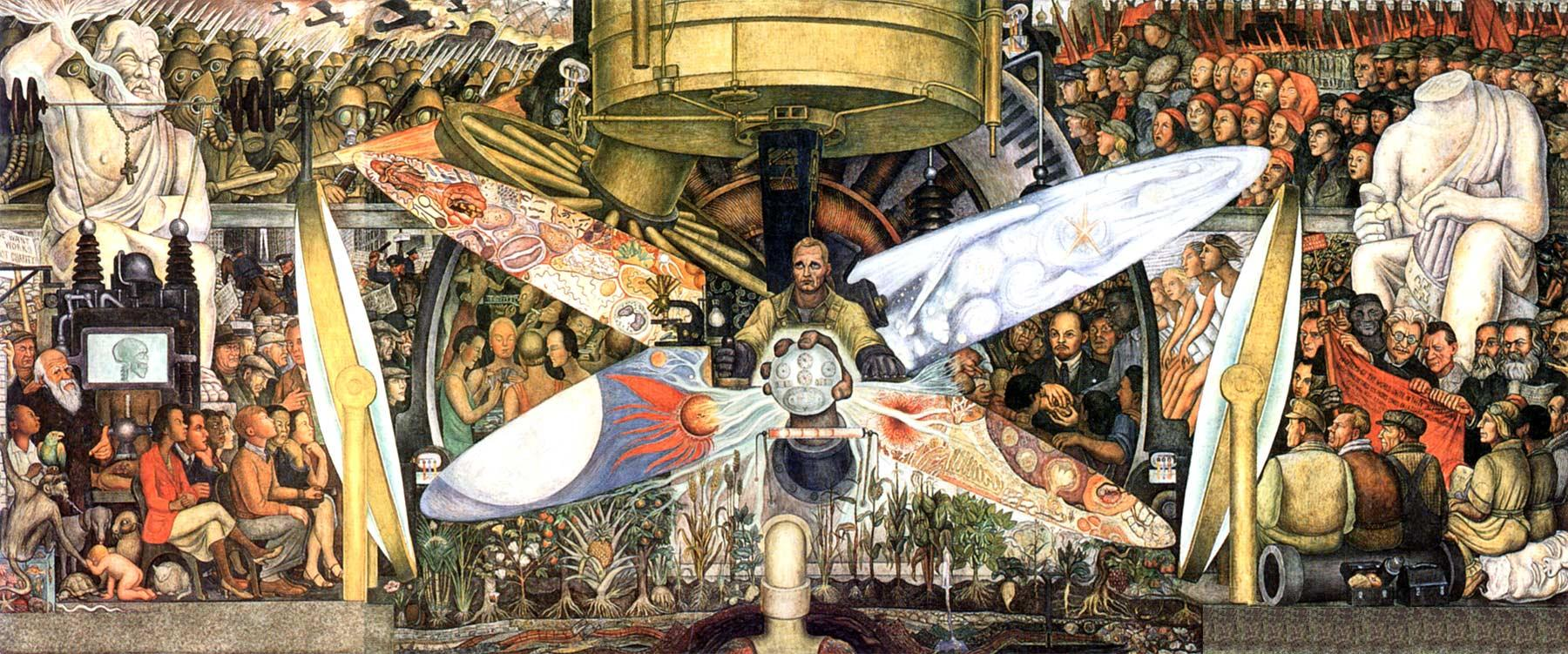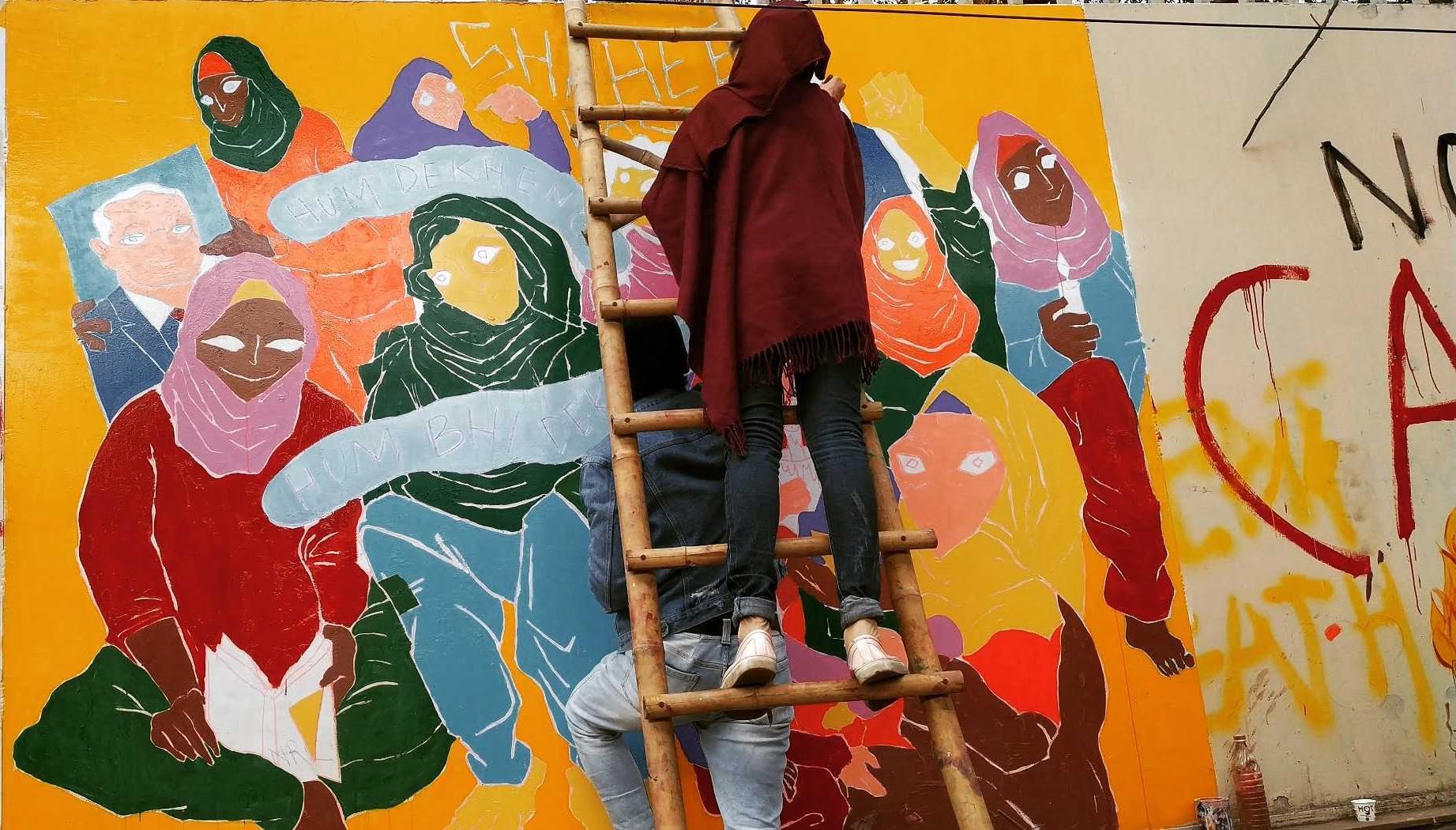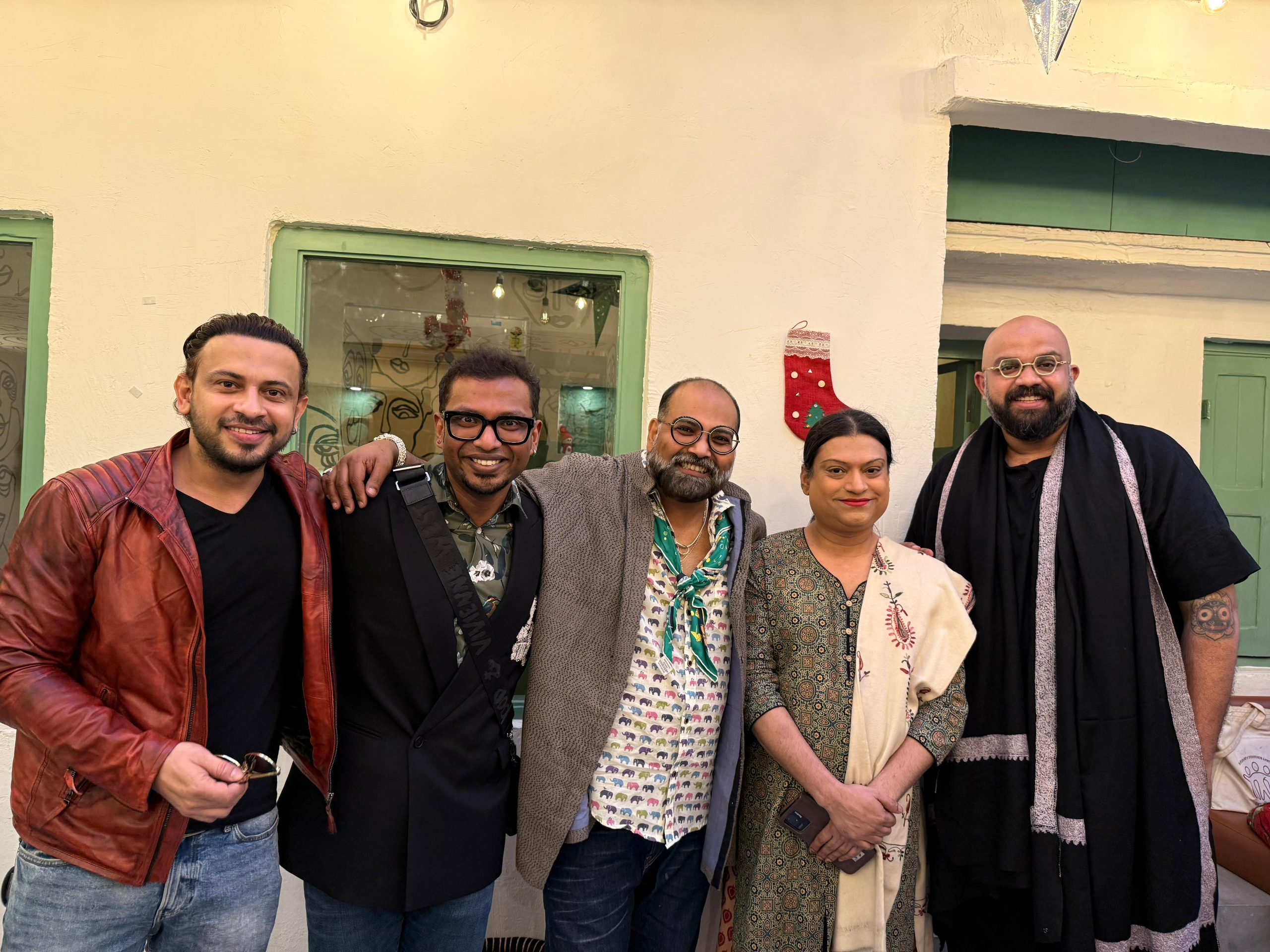“More important than a work of art itself is what it will sow. Art can die, a painting can disappear. What counts is the seed.”
― Joan Miro
Art has been around since 40,000 BC, a time when vocabulary, literature and communication were severely limited. Yet we devised means to perfectly communicate our ideas and these were tools such as stories, pictures, engravings, sculptures – basically, through art.
Art is the purest manifestation of human potential, a portal for creative ingenuity, and a canvas for the soul of the artist. Throughout the history of humankind, art has determinedly changed the course of human lives and radically transformed societies and cultures. Not only has art helped us cope with the trivialities, aches, and ennui of life, but it has simultaneously molded us into the generation that we are today.
Also read: Shilok Mukkati On Queer Literature, Art And Activism In India
Art and Resistance
Art is, by nature, non-conforming, critical, emotionally riveting, and fearless. To the oppressed, it provides a means to express grief, unmitigated angst, pain, and solidarity. When art intersects with dominant discourses and established systems of power, the result is often revolutionary. It challenges popular opinions, belief systems, and authorities, and makes a mighty tool for activism. For example, when Diego Rivera, the celebrated Mexican artist created political murals attacking the church, capitalism, and ruling classes in 1920, it was a bold statement of resistance that resonated amongst the masses.

When Diego Rivera, the celebrated Mexican artist created political murals attacking the church, capitalism, and ruling classes in 1920, it was a bold statement of resistance that resonated amongst the masses.
India’s changing artistic landscape
India has seen a significant rise in protest art and activism in the last decade. With social media and technology’s proliferation, creating art has become more accessible than ever. In times of hypervigilance, bigotry, extreme polarity, and uncertainty, Indian artists have risen to their potential, and created beautiful, poignant political artworks. Be it the anti-CAA and NRC protests or any other public acts of resistance, protests would be incomplete without poetry, art, murals, music, creative slogans and theatre that represent collective pain. The impact can be felt when one consumes the art created by artists who belong to marginalised social locations. Women and non-binary folks have always ruled the world of Indian art, but today more than ever, there are female artists creating ground-breaking art through an expanse of mediums: from painting with period blood, adorning large murals, building sculptures, digital illustrations, installations, to using their bodies as canvas.
Popular artists and activists like Bakery Prasad, Mir Suhail, Srujangatha, Priyanka Paul, and many others are using social media to reach a large audience through their urgent, relevant art. And while digital, socially relevant art has become mainstream, due to the travails of being strong voices on the Internet, it has also constantly put artists in a difficult position. With constant online trolling, searing criticism, threats and state’s vigilance and censorship, artists today are facing unwelcome scrutiny for their work.
When Attorney General KK Venugopal granted consent to contempt proceedings against artist Rachita Taneja, the creator of comic Sanitary Panels, it was not only shocking but also revelatory. Recently, Kashmiri artist Mudasir Gul created an artwork in solidarity with Palestine, a graffiti showing the face of a crying woman wearing Palestine’s flag as a headscarf, finished with the words – ‘We are Palestine’. Mudasir was soon arrested and asked to erase his painting.
Kashmiri artist Mudasir Gul created an artwork in solidarity with Palestine, a graffiti showing the face of a crying woman wearing Palestine’s flag as a headscarf, finished with the words – ‘We are Palestine’. Mudasir was soon arrested and asked to erase his painting.
Also read: The Art Of Dissent: In Solidarity With Palestine
In a hostile socio-political environment such as that in contemporary India, one must stop to question: why are the governing forces actively curbing artistic expression and freedom? The keen hypersensitivity and intolerance to unpopular opinion and expression can be seen as an extension of fear, of losing control. While disagreement is acceptable and even appreciated, silencing the voice of the artist is nothing but a decline of society and culture. The art that we consume today is shaping our world, our reality, and individual and collective understanding of our society and emotions. This is why it is of utmost significance to ruthlessly promote, consume, share, and if possible, create meaningful art.
The Artist as a channel
Whether or not we actively understand its significance and penetration into our lives, art leaves an indelible print on the conscience of human society. What makes art so powerful is what it embodies – a unique perspective, offered and expressed through an artwork by the creator. As Piet Mondrian put it, “The position of the artist is humble. He is essentially a channel.”
It is the artist’s distinct vision, perspective, lived experience, and position that makes art incomparable to any theories, ideologies and documented understanding of human consciousness.
To put it in the words of Bertolt Brecht, “Art is not a mirror held up to reality, but a hammer with which to shape it.”
Featured image source: Soumya Mathew/Feminism In India
About the author(s)
Priyanka is an unfulfilled engineer and an MBA graduate from IIM Indore. She is a writer, interested in carving the world through her biased lens, painting pictures with heavy imagery and highlighting the mundane, often ignored, but essential aspects of life. Her latest project is The Mental Indian, an attempt to de-stigmatize mental health in India, through stories, perspectives and conversations.





This is a very helpful post. Keep posting
Power of art is an interesting topic! Thanks for sharing your views!